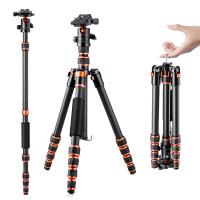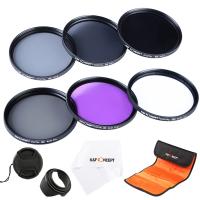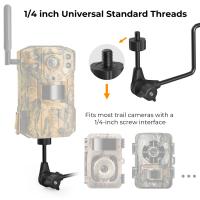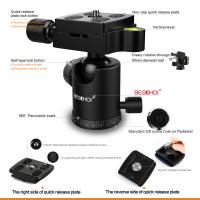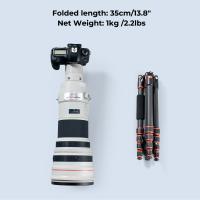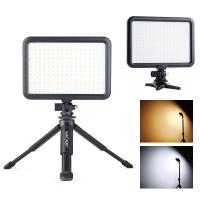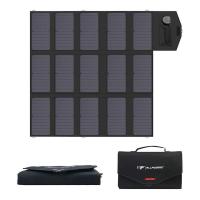How To Build A Phone Tripod Stand?
Building a phone tripod stand can be a rewarding DIY project that not only saves money but also provides a customized solution tailored to your specific needs. Whether you're a budding photographer, a content creator, or simply someone who enjoys hands-free video calls, a sturdy and reliable tripod stand is essential. In this article, we will walk you through the process of building your own phone tripod stand, covering everything from the materials you'll need to the step-by-step instructions for assembly. By the end of this guide, you'll have a functional tripod stand that you can proudly say you built yourself.
Materials and Tools Needed
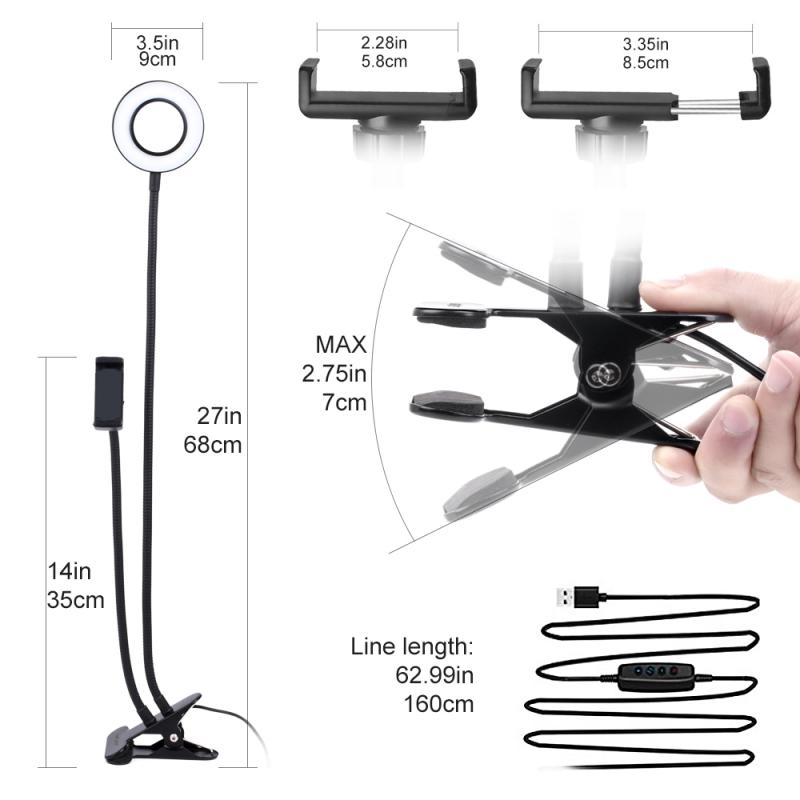
Before diving into the construction process, it's crucial to gather all the necessary materials and tools. Here's a comprehensive list:
1. Materials:
- PVC pipes (1/2 inch diameter)
- PVC pipe connectors (T-joints, elbow joints)
- A phone holder or clamp
- Screws and nuts
- Rubber feet or pads
- Spray paint (optional, for aesthetics)
2. Tools:
- Hacksaw or PVC pipe cutter
- Drill with various drill bits
- Screwdriver
- Measuring tape
- Sandpaper
- Marker
Step-by-Step Instructions
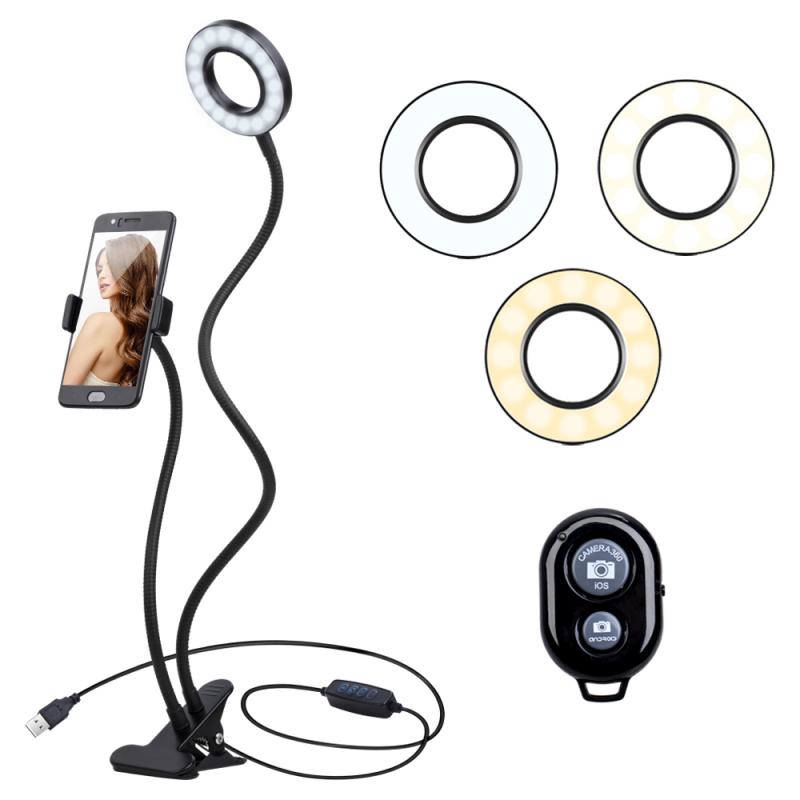
Step 1: Measure and Cut the PVC Pipes

The first step in building your phone tripod stand is to measure and cut the PVC pipes to the required lengths. Here are the recommended measurements:
- Three legs: 12 inches each
- Three vertical supports: 8 inches each
- One horizontal support: 6 inches
Use a hacksaw or PVC pipe cutter to make clean cuts. After cutting, use sandpaper to smooth out the edges to avoid any rough surfaces.
Step 2: Assemble the Base

The base of the tripod stand is crucial for stability. Follow these steps to assemble it:
1. Attach an elbow joint to one end of each of the three 12-inch PVC pipes.
2. Connect the other end of each pipe to a T-joint, forming a triangular base.
3. Ensure that the open ends of the T-joints are facing upwards, as these will hold the vertical supports.
Step 3: Attach the Vertical Supports
Next, you'll need to attach the vertical supports to the base:
1. Insert the 8-inch PVC pipes into the open ends of the T-joints on the base.
2. Secure the pipes by drilling a small hole through the joint and pipe, then inserting a screw and nut.
Step 4: Add the Horizontal Support
The horizontal support will hold the phone holder or clamp:
1. Connect the three vertical supports at the top using the 6-inch PVC pipe and T-joints.
2. Ensure that the horizontal support is level and secure it with screws and nuts.
Step 5: Attach the Phone Holder
Now it's time to attach the phone holder or clamp to the horizontal support:
1. Drill a hole in the center of the horizontal support.
2. Attach the phone holder using screws and nuts, ensuring it is tightly secured.
Step 6: Add Rubber Feet
To prevent the tripod stand from slipping, add rubber feet or pads to the bottom of each leg:
1. Apply adhesive to the rubber feet.
2. Attach them to the bottom of each 12-inch PVC pipe.
Step 7: Optional - Paint the Tripod Stand
If you want to give your tripod stand a polished look, consider spray painting it:
1. Choose a well-ventilated area and lay down some newspaper.
2. Spray paint the entire tripod stand, allowing it to dry completely before use.
Tips for Customization
One of the advantages of building your own phone tripod stand is the ability to customize it to your liking. Here are some tips for customization:
1. Adjustable Height: Consider adding adjustable height features by using telescoping PVC pipes or additional connectors.
2. Swivel Head: For more flexibility, you can add a swivel head to the phone holder, allowing you to adjust the angle of your phone.
3. Additional Accessories: Add hooks or clips to hold additional accessories like a microphone or light.
Troubleshooting Common Issues
Even with the best planning, you might encounter some issues during the construction process. Here are some common problems and their solutions:
1. Wobbly Base: If the base is not stable, double-check the connections and ensure all screws and nuts are tightly secured.
2. Phone Holder Slippage: If the phone holder is not holding your phone securely, consider adding a rubber grip or padding to the holder.
3. Uneven Legs: If the legs are uneven, use a level to check and adjust the lengths accordingly.
Building your own phone tripod stand is a practical and cost-effective solution that offers the added benefit of customization. By following the step-by-step instructions outlined in this guide, you can create a sturdy and reliable tripod stand tailored to your specific needs. Whether you're using it for photography, video calls, or content creation, a DIY tripod stand is a valuable tool that enhances your phone's functionality. So gather your materials, set aside some time, and enjoy the satisfaction of building something useful with your own hands.


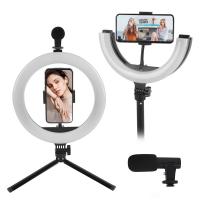

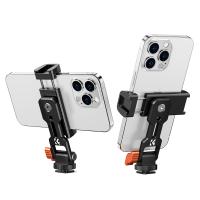

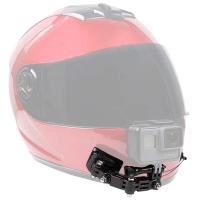
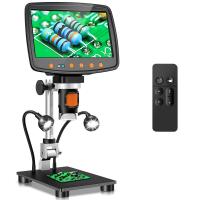
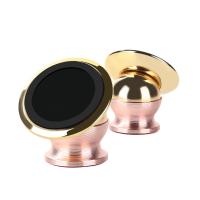
![K&F Concept Selfie Ring Light with Cell Phone Holder for Live Stream and Makeup, LED Light [3-Light Mode] [10-Level Brightness] with Remote Control and Flexible Hose Bracket for iPhone Android【Ship to the US Only】 K&F Concept Selfie Ring Light with Cell Phone Holder for Live Stream and Makeup, LED Light [3-Light Mode] [10-Level Brightness] with Remote Control and Flexible Hose Bracket for iPhone Android【Ship to the US Only】](https://img.kentfaith.com/cache/catalog/products/us/KF34.001/KF34.001-1-200x200.jpg)
